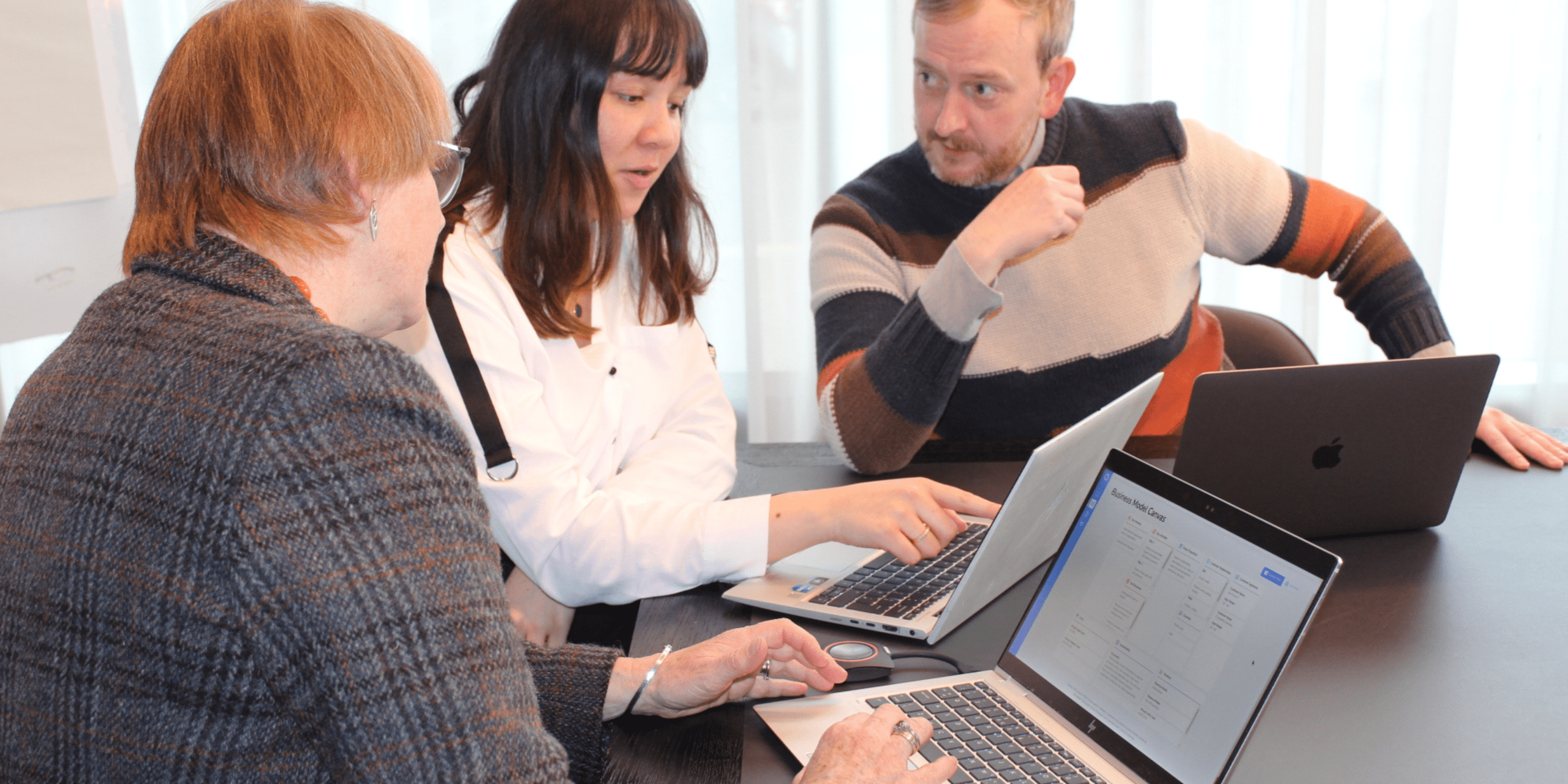Assessment with Validate: Tips from Professor Cooney

How to elevate student learning & engagement with Validate.
At SimVenture, we passionately support educators in transforming the way they teach entrepreneurship. One of the best conversations we had recently was during our “Validate In Focus” webinar. Professor Thomas Cooney from Technological University Dublin shared his journey of using Validate to assess entrepreneurial learning and increase student engagement.
Professor Cooney’s story was compelling because he was honest. He said, “My first interaction with Validate wasn’t positive. I didn’t understand it at first.”
But as he explored the tool’s structured approach and weekly progression model, something clicked. He began to see not just a teaching aid but a powerful tool for student assessment.
Why traditional business plan assessments fall short
Historically, business plans are tackled in a last-minute scramble. Students often hand in rushed, underdeveloped ideas.
Validate flips this model and encourages students to work at a more consistent pace. Its structure divides the Business Model Canvas into smaller parts. This helps students develop and improve their ideas over time.
“Now students are working throughout the semester. That changes dramatically the quality of the output.” – Prof. Thomas Cooney
Ultimately, we see a trend from educators who have provided feedback about their use Validate to support student learning. They witness improved learning outcomes and an increase in student engagement and satisfaction. And Validate makes collecting evidence of this change in student behaviour simple.
5 ways to assess with Validate
During the webinar, Professor Cooney outlined five distinct approaches to assessment using Validate in higher education:
- Formative Assessment – Track learning as it happens with tools like reflective journals and weekly reviews.
- Summative Assessment – Evaluate the final canvas submission, pitch presentations, and venture reports.
- Peer Assessment – Although not yet explored by Prof. Cooney, this area offers room for collaborative critique and learning.
- Applied Assessment – Ideal for adult learners or marginalized groups like refugees or learners with disabilities. Think customer interviews and investor briefs.
- Self-Assessment – Let students map their learning journey to frameworks like EntreComp, helping them self-evaluate entrepreneurial competencies.
Real-World impact across contexts
From undergraduate programmes to support for refugees and learners with disabilities, Validate is flexible and effective. This includes efforts in New Zealand and Malta.
What’s more, its integration with mentoring allows for richer feedback and greater ownership of learning:
“Students can export and share their work with mentors for real-time feedback – another driver of quality improvement.” – Prof. Thomas Cooney
AI in the assessment era
Of course, no conversation on modern assessment is complete without touching on AI. Professor Cooney raised a critical point: how do we ensure assessments remain authentic in the era of ChatGPT?
The solution lies not in banning tools, but in designing assessments that focus on reflection, application, and originality. Validate provides a natural foundation for these approaches.
Ready to supercharge your assessment with Validate?
Whether you are just starting or want to improve your assessment of entrepreneurship education, Validate helps you track progress. It also helps you improve quality of work and engage learners effectively.
Download our free Validate Assessment Cheat Sheet. It gives you a simple, step-by-step guide to assess student work using Validate.

